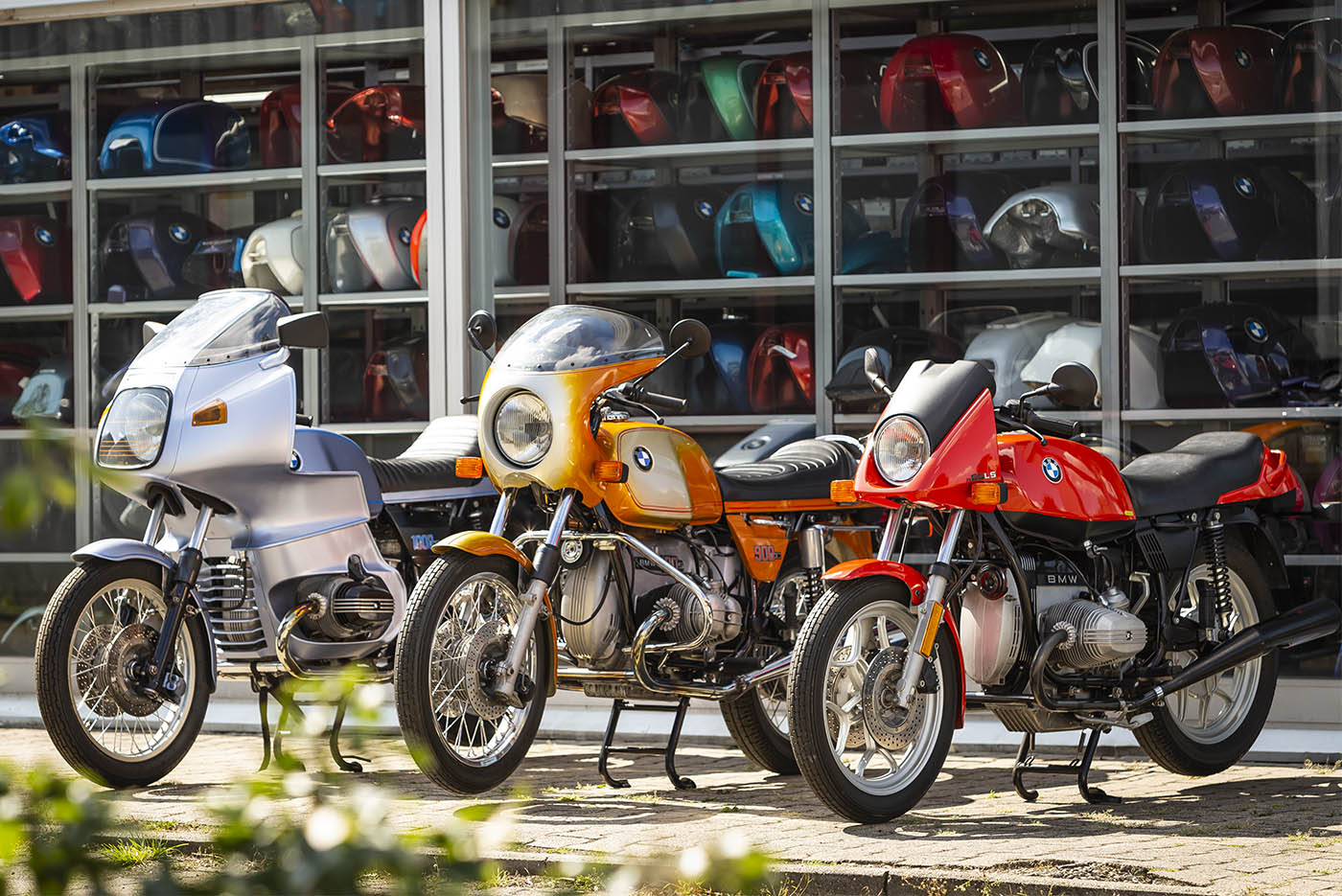Check Out Our Motorcycle Shop for Expert Recommendations and Top Quality Products
Check Out Our Motorcycle Shop for Expert Recommendations and Top Quality Products
Blog Article
Grasping Motorcycle Gears: Exactly How to Optimize Your Riding Experience
In the world of motorcycling, grasping the art of gear manipulation is crucial for boosting your riding efficiency. Correctly utilizing and understanding bike equipments can dramatically influence fuel, control, and acceleration performance, changing an average trip right into a smooth, exciting trip.
Recognizing Gear Mechanics
How do the details of equipment mechanics influence motorbike efficiency? At the core of motorbike characteristics, gear mechanics play a critical role in converting engine power into movement, inevitably dictating speed and control. Gears, meticulously crafted parts, permit motorcyclists to maximize torque and speed, guaranteeing a smooth change through different surfaces and rates. The equipment proportions, thoroughly designed, identify the relationship in between engine revolutions and wheel turns, affecting velocity and fuel effectiveness.
Recognizing gear mechanics starts with recognizing the importance of the gearbox, which houses multiple gears of differing dimensions. These gears connect with a process referred to as meshing, where teeth of different equipments engage to transmit power. The precision of this interaction is essential; any imbalance or damage can lead to inefficient power transfer, impeding performance. In addition, the setup and dimension of gears affect the motorcycle's ability to take care of different loads and speeds.
In addition, the idea of equipment shifting is important to making the most of efficiency. Timely and smooth changes ensure that the engine runs within its optimal power band, preventing unneeded stress and enhancing long life (motocross gear). By comprehending these mechanical details, riders can attain an unified mix of effectiveness, power, and control, boosting their riding experience
Timing Your Changes
Shift timing proficiency is essential for optimizing motorbike performance and boosting the riding experience. Properly timed changes ensure that the engine operates within its ideal power band, which is crucial for preserving control, accomplishing smooth velocity, and ensuring the longevity of the motorbike. Motorcyclists should develop an intuitive feeling of when to move gears, which entails comprehending the partnership between engine revolutions per minute (RPM) and rate.
To understand change timing, pay very close attention to the engine's noise and really feel, as these offer important ideas about when to transform gears. The optimal change factor commonly takes place when the engine approaches the upper range of its power band without getting to the redline. Shifting as well early can bring about a lack of power, while shifting far too late may trigger unneeded engine stress
In addition, road conditions and riding style impact shift timing. For example, in city settings, smoother and much more constant shifts may be essential to navigate website traffic successfully. On the other hand, throughout highway riding, less changes at higher rates can be better. Practicing in different settings will enhance your capacity to time shifts exactly, inevitably boosting your riding experience to a professional degree.
Enhancing Gas Effectiveness
While grasping motorbike equipments is crucial for performance, boosting gas performance is equally vital for both ecological and economic factors. Ideal fuel intake not just decreases functional prices however additionally reduces the environmental impact of riding. To attain this, one have to recognize the elaborate partnership between equipment selection and engine efficiency.
Riding in a greater equipment at lower rates can lead to engine carrying, which is damaging to both fuel economic situation and engine wellness. Alternatively, riding in reduced equipments at high rates results in unnecessary fuel usage.
Additionally, routine upkeep read this post here plays a crucial role in gas efficiency. Guaranteeing that the motorbike is well-tuned, with clean air filters and effectively inflated tires, can minimize and improve the rules of aerodynamics fuel wastage. Additionally, embracing a riding design that welcomes progressive velocity and smooth slowdown can add to much better gas economic climate.

Techniques for Smooth Transitions
Achieving smooth gear transitions is fundamental to boosting the riding experience and ensuring the durability of a bike's transmission system. Appropriate gear moving not just adds to a smooth trip however also reduces damage on the mechanical elements. To master the art of smooth shifts, cyclists need to concentrate on a few essential techniques.

Second of all, clutch control plays a crucial duty. Engaging and disengaging the clutch smoothly requires practice. The clutch lever ought to be released slowly, permitting a smooth transfer of power from the engine to the wheels without creating a shock or sudden activity.

Adjusting to Road Problems
Browsing diverse roadway problems is a crucial skill for any type of motorcyclist aiming to maintain control and safety and security. Whether you're riding on wet surface areas, crushed rock roadways, or navigating doglegs, your capacity to adjust your equipment usage and riding method is extremely important. Comprehending exactly how to adjust your equipments properly can significantly affect grip and stability, making certain a safer trip.
On wet roadways, it is a good idea to preserve higher equipments to reduce torque and lessen wheel spin. This strategy assists keep hold on unsafe surface areas, enabling smoother acceleration and slowdown. In contrast, when riding on gravel or uneven terrain, reduced equipments pop over to this web-site are more effective. original site Reduced equipments give much better control and enable you to respond more promptly to unforeseen changes in the roadway surface area.
Sharp curves require specific equipment administration to balance speed and control. Downshifting prior to getting in a contour can assist maintain momentum while ensuring the motorbike stays stable throughout the turn. Regular technique in different conditions boosts your ability to respond and forecast to changes in road appearance and slope.
Final Thought
Mastering motorcycle equipments dramatically enhances the riding experience by boosting acceleration, fuel, and control performance. Adjusting gear choice to various road conditions, such as using greater equipments on wet surface areas and lower gears on gravel, further enhances handling and safety.
Comprehending equipment technicians starts with acknowledging the significance of the transmission, which houses numerous gears of differing dimensions. These gears interact via a procedure recognized as meshing, where teeth of different gears engage to transfer power (motox parts nz). Mild modifications to the throttle during equipment shifts can prevent jerky activities and keep a regular riding rate
Whether you're riding on damp surface areas, crushed rock roadways, or browsing sharp turns, your ability to adjust your gear use and riding method is critical. Adjusting gear selection to various road problems, such as making use of greater equipments on damp surfaces and reduced gears on crushed rock, additional enhances handling and security.
Report this page